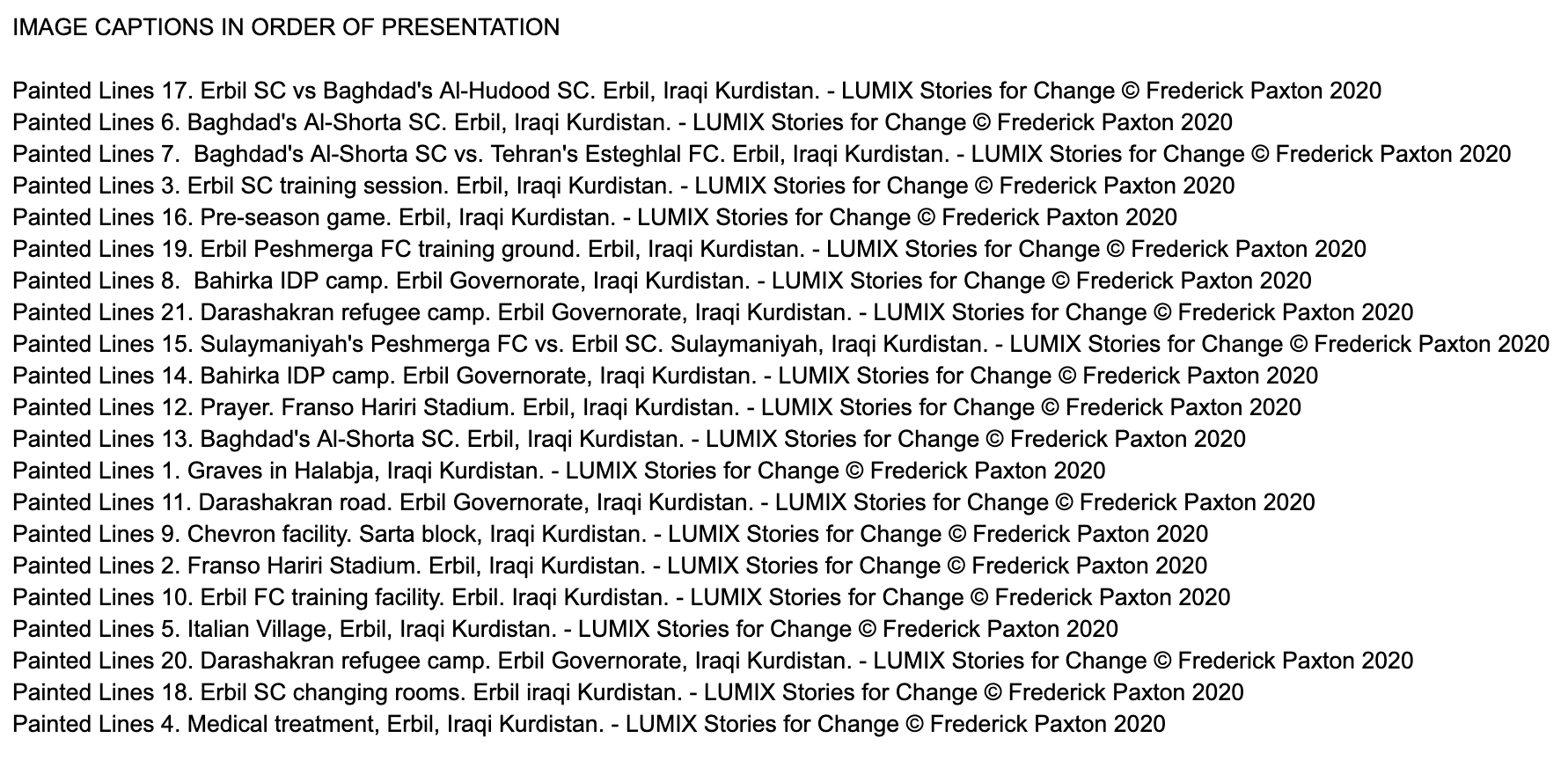“It has a universality,” Frederick Paxton describes the beautiful game, the subject of his new body of work ‘PAINTED LINES’ made in the Kurdistan Region of Iraq. “Even if you don’t play football, or you have no interest in it, in a lot of cultures globally it has a context, and it has a relationship to those people.” The sport felt well-suited to a project exploring ideas about inclusion and community in a country which is often more frequently reported on as a site of unrest.
Paxton has an extensive portfolio of boundary-pushing work across both photography and film, including documentation of the conflict in Ukraine, an exploration of climate change via a Greenland cruise, and even work made in near-impenetrable North Korea. But it was a film made in Russia in 2017, Harmony, exploring the social and gender dynamics of Russian youth through the lens of the country’s most prominent sports — ice hockey and rhythmic gymnastics — that opened Paxton’s eyes to the rich potential of using sport as an entry point into broader geopolitical questions.
“Sport can be a really interesting vehicle to understand and break down society,” the photographer describes. During the planning phase of his LUMIX Stories for Change project, Paxton experienced first-hand the ways in which sport is subject to the political context of a country: early plans to document basketball in Lebanon were cancelled due to protests in the country, and before he first arrived in Iraq to start shooting the non Kurdish leagues, they were cancelled. “When things are bad, [sport] instantly gets stopped, and everyone is desperate to start again; we’ve seen it happen in the West, now, with Coronavirus,” he says. “It has quite an existential effect on a lot of people.” Where war, unrest, or disease may feel like abstract concepts to someone safe at home, the presence or absence of a favourite team on one’s television can suddenly feel very personal.
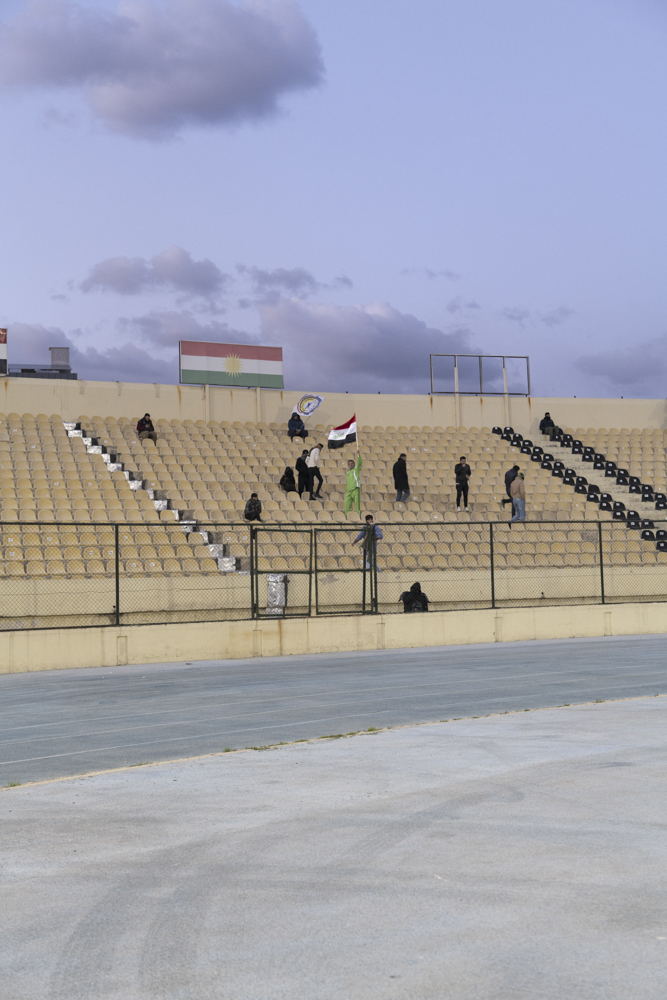
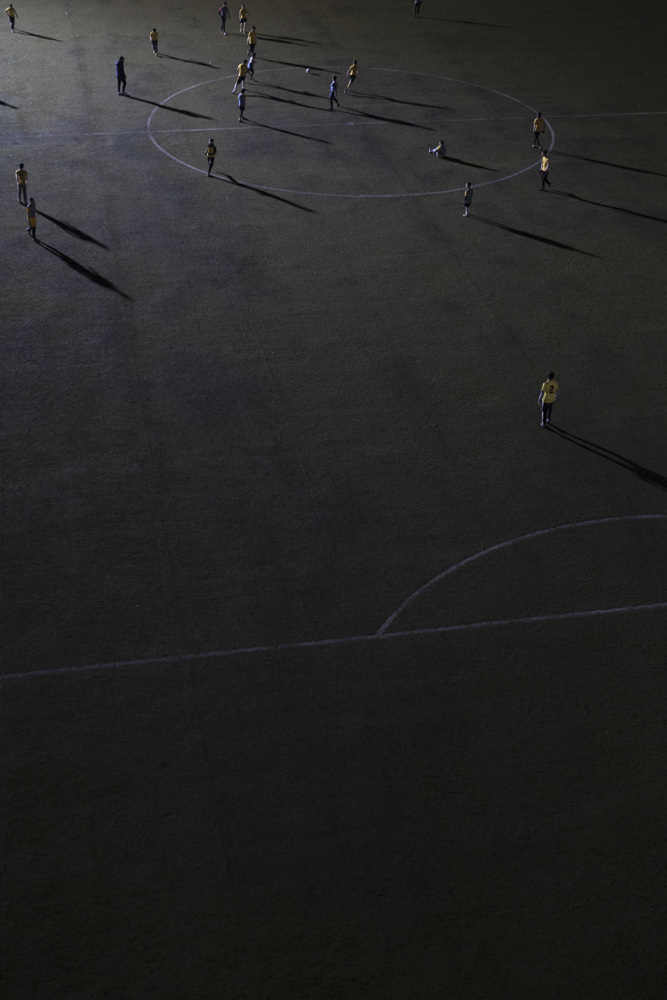
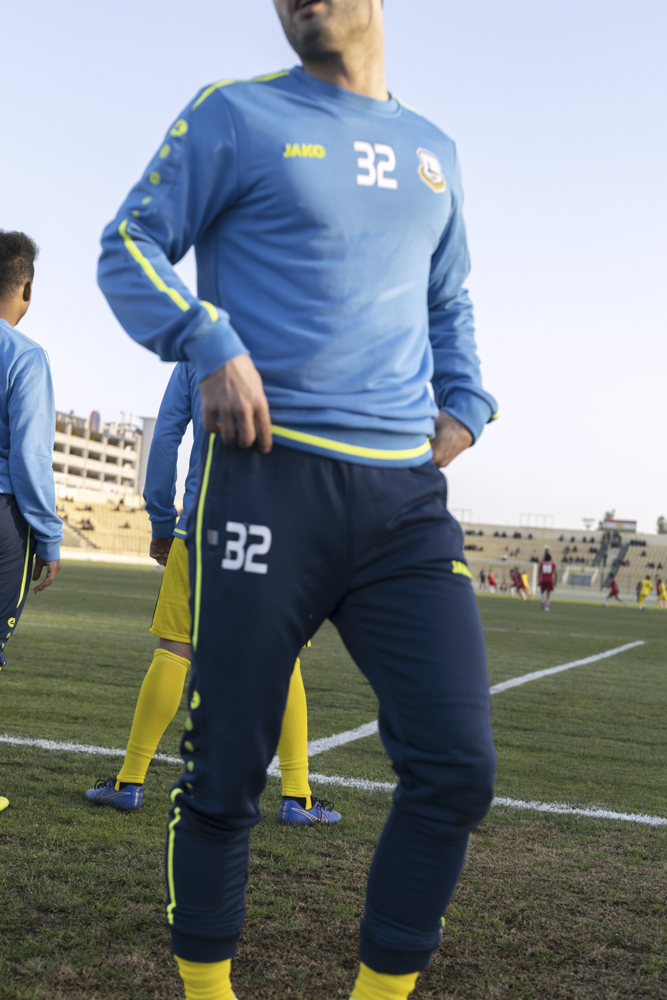
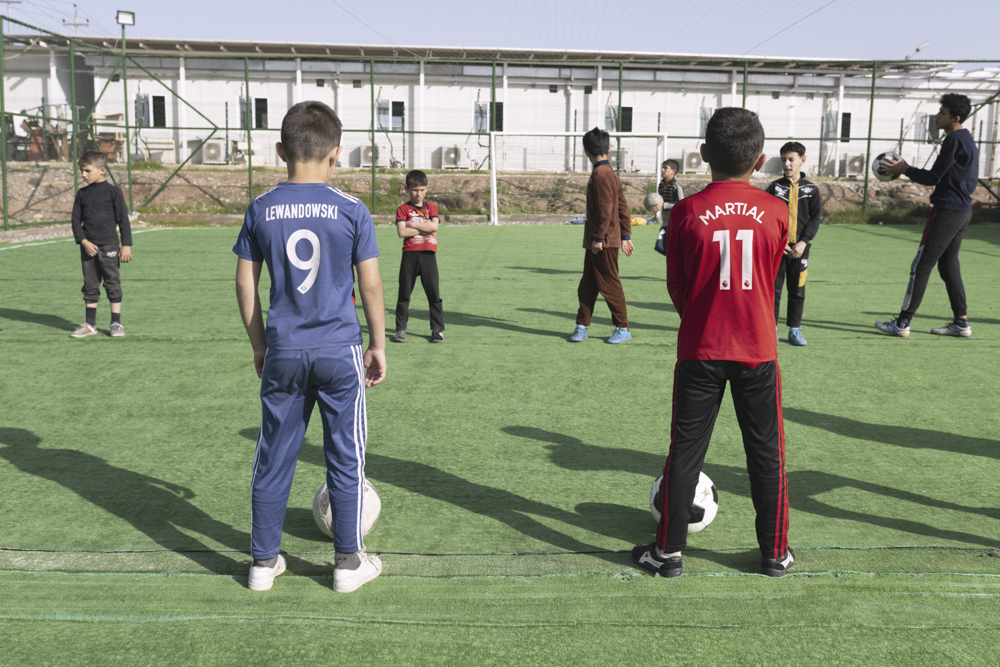
Paxton was inspired by the open nature of the LUMIX Stories for Change brief: that the projects could be approached with freedom and artistic license, rather than being strictly journalistic. “What was so exciting to me about this project was the idea that you could use art,” he explains. “Art is such a powerful tool and medium, particularly in times like this, for viewers to experience subjects which they experience a lot from a different perspective, from a space which isn’t specifically reportage, or just facts and figures, and allows a conversation which is different.”
Ultimately, the project gave the documentarian the space to explore a region — familiar to him from previous work, but unfamiliar to many viewers beyond its media context of conflict — from an unexpected vantage point, using the paradigm of sport. “Journalism is incredibly important: you need to speak truth to power, documents need to be made of atrocities, people need to challenge authority; that work is critical,” he concedes. “That being said, I think our experience of a lot of these places is from a very extreme, very scare-mongering point of view.”

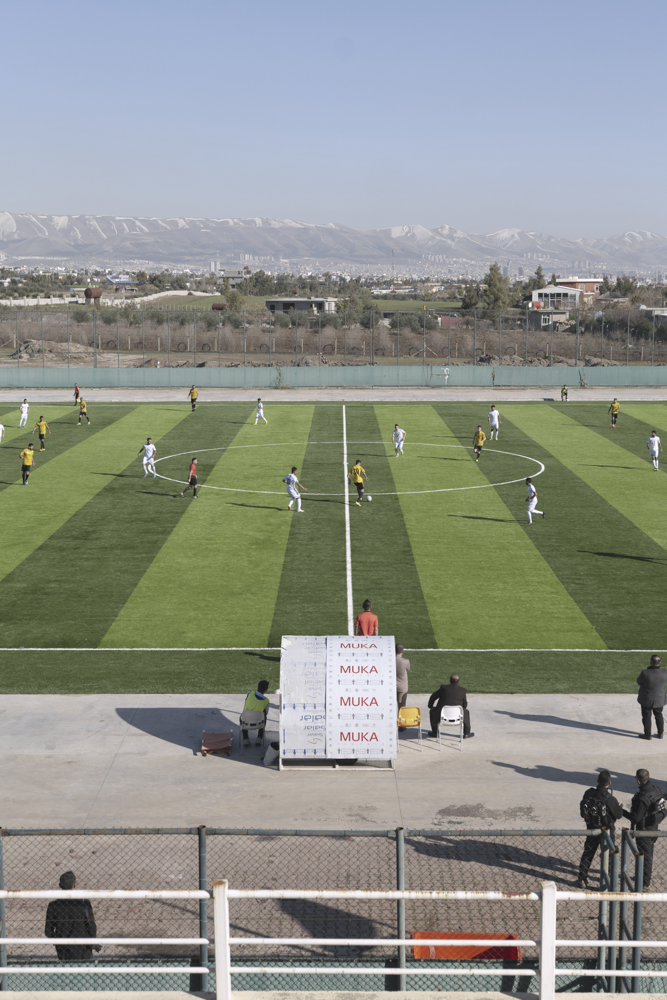
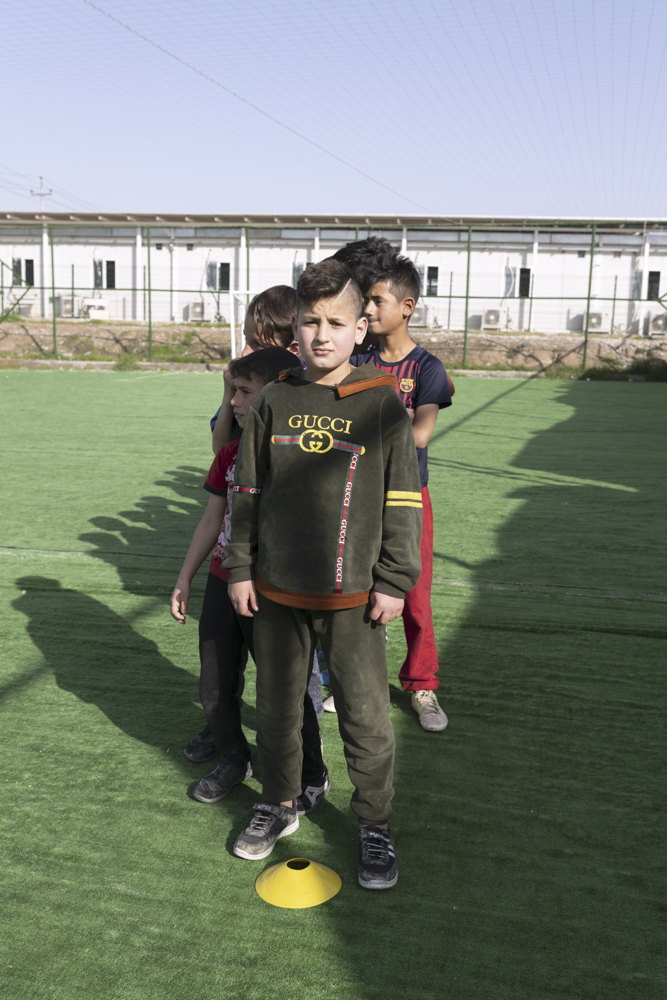
Paxton’s feelings were echoed by Mohammed Rasool, a journalist and his collaborator. “He said it was really refreshing not to be quizzing people about their trauma,” he notes. Paxton has himself in the past, conducted interviews with people traumatised by conflict. “These people have to constantly relive this thing, and it almost feels like reliving it for the pleasure of a Western audience,” he explains. “It was actually really engaging for me just to hang out with kids whilst they were playing football.”
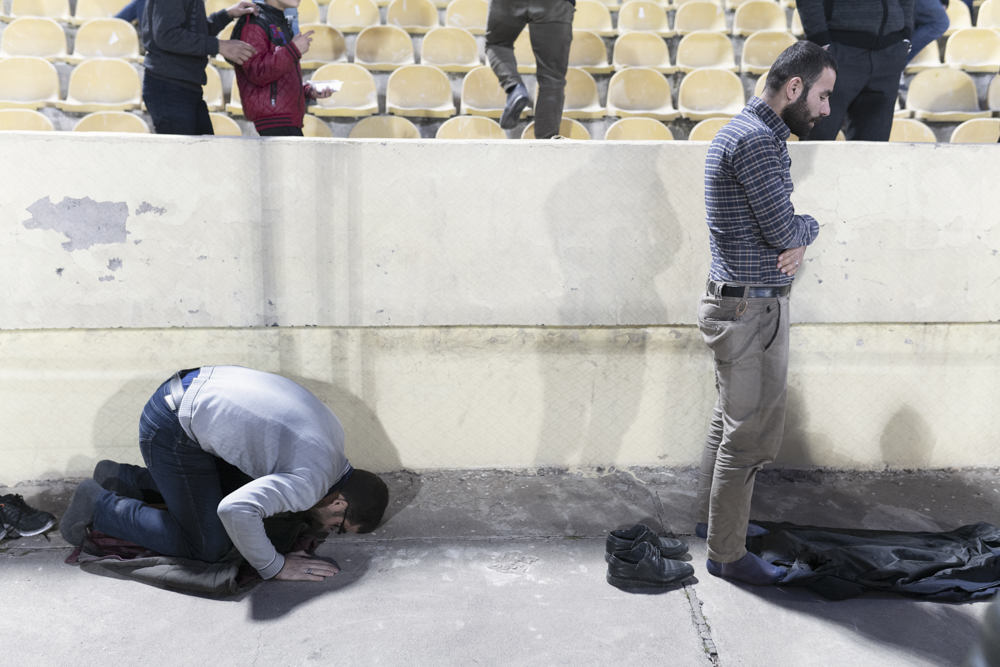
The shoot itself took place in the Kurdistan Region of Iraq over a period of three weeks, and comprised multiple locations and football teams from the lowest to the highest level. “The main teams were focussed around Erbil, which is the capital of Kurdistan, and also went down to Sulaymaniyah,” he describes. “We also spent quite a long time just driving round the country, just looking for your local 5-a-side pitch, so that you kind of have a real spread: from the Asian Champions League through to people playing on the side of the street, or playing in [refugee] camps.”
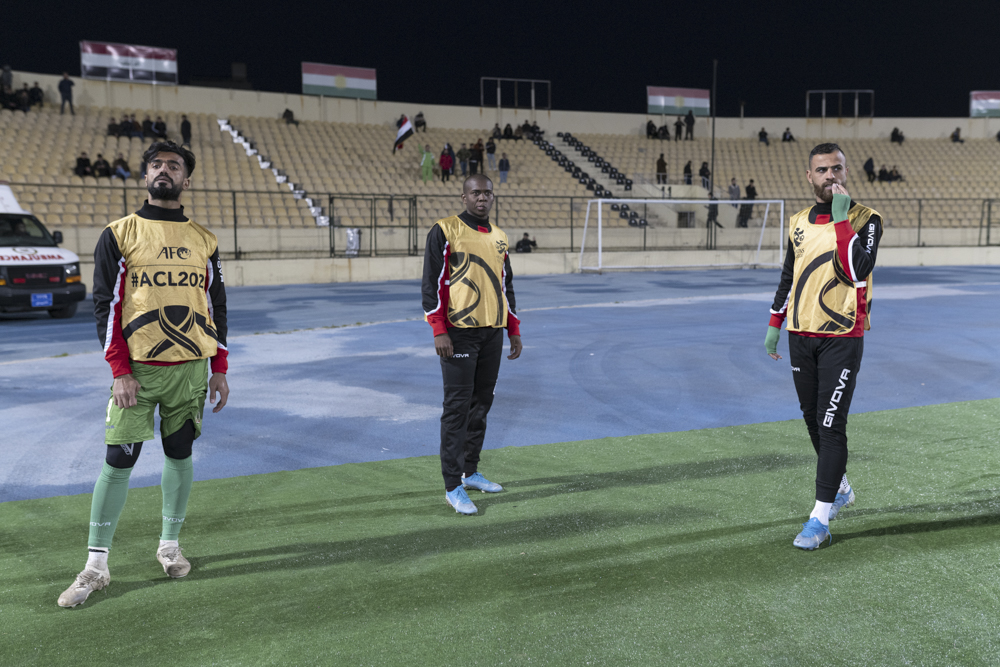
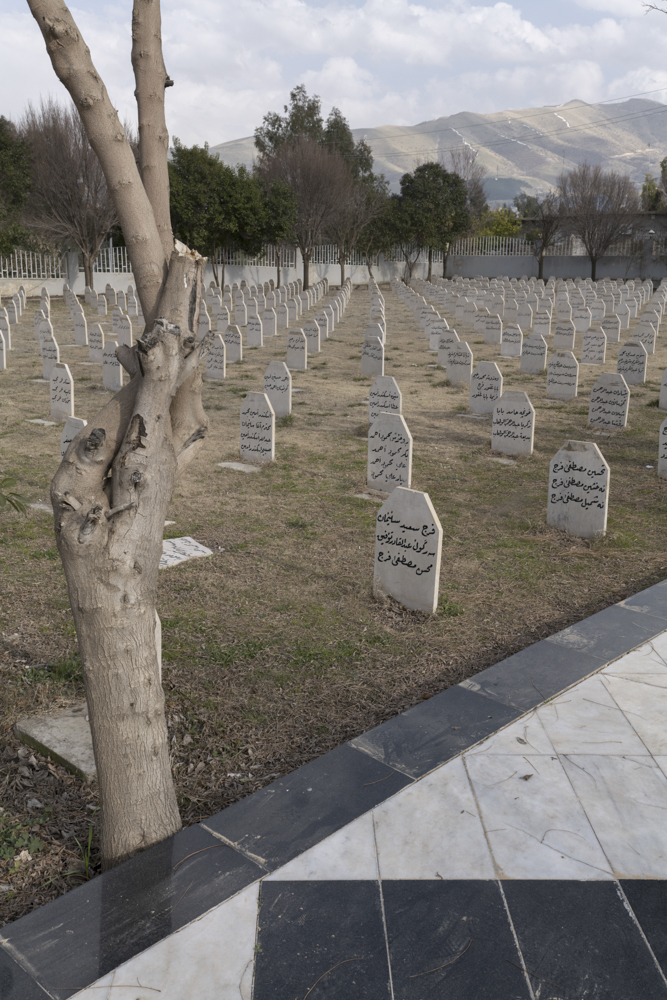
Paxton’s imagery is approachable and familiar: the visual style is straightforward, its front-on, pulled-back frankness recognisable from classic sports photography. Tiny figures spill across a pitch, marking distance from one another, all eyes on the ball; in the background, a stretch of low mountains rises around a dense city. The game is at the centre, while the context of a place sits quietly behind it. In another image, a training session is about to begin or has just ended, the whole team walking across the astroturf, a mosque sitting prettily against the blue sky outside it. Paxton often employs this wide-angled approach, taking in the full stretch of a scene. “As you look at the image a bit more, there’s more detail revealed, and that to me is really important; if you want to spend time with the work as a viewer, then you can. There’s more there if you want it,” he describes. The Iraqi countryside is present but unobtrusive, and the intention is that the images feel accessible as a result, irrespective of their audience.
Other images hint at a broader context — a graveyard marking the deaths that occurred as a result of the Halabja chemical attack on the Kurds in 1988, the nearly-completed Chevron oil well facility, petrol stations — but, placed next to images of teams and players, they underscore the ways in which football can be a unifying factor. “I hope that people can relate to [the sport] in their context, and that it doesn’t become something that’s so removed and different,” he says, “and actually see it as part of the same global perspective.”
Much like his still images, Paxton’s film is sparse and understated. The quiet of an open expanse of land and pitch is broken by shouts for the ball, or an echoey team meeting while masseurs work on players’ calves. At the film’s end, we hear the cheers of a goal being scored, their meaning clear even in a language unfamiliar to many viewers.
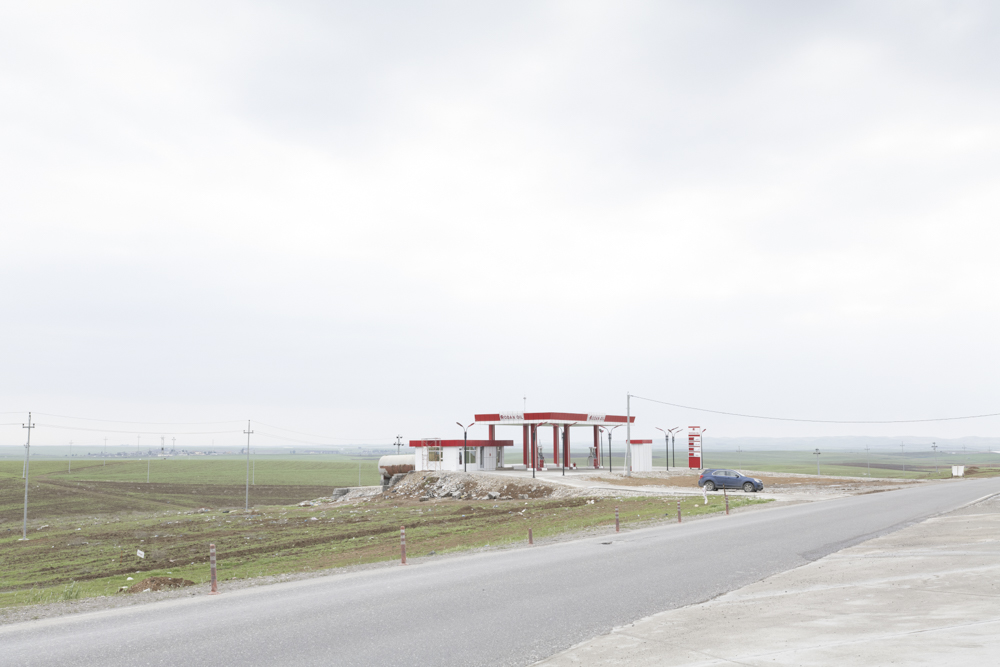
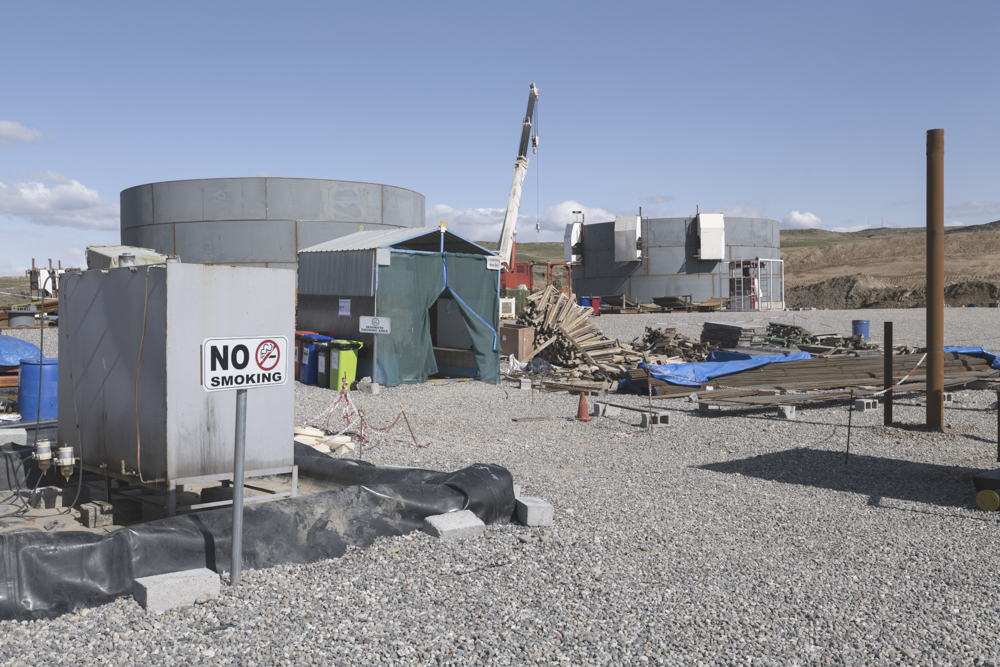
Football in the Kurdistan Region is a symbol of the possibility of togetherness, the forgetting of conflict in favour of something warmer. “Obviously there’s a lot of ongoing and historical tension between Iraq, or Federal Iraq as they would call it, and the Kurdish region,” Paxton says. “But there were fans coming up from Baghdad who were watching a game in Erbil, and that was able to happen; you had a Baghdadi Iraqi team playing an Iranian team in Kurdistan; you have a Baghdadi team playing a team from the Arab Emirates, with a bunch of different international players, supported by groups of fans from various regions, and football placed all of that together.” Even the Peshmerga (Kurdish troops) have a team, Peshmerga FC, who play against other Kurdish regions. “I think that’s an interesting expression of intricacies of regional and geopolitical things playing out in a sporting context and also a community-based context,” says Paxton.
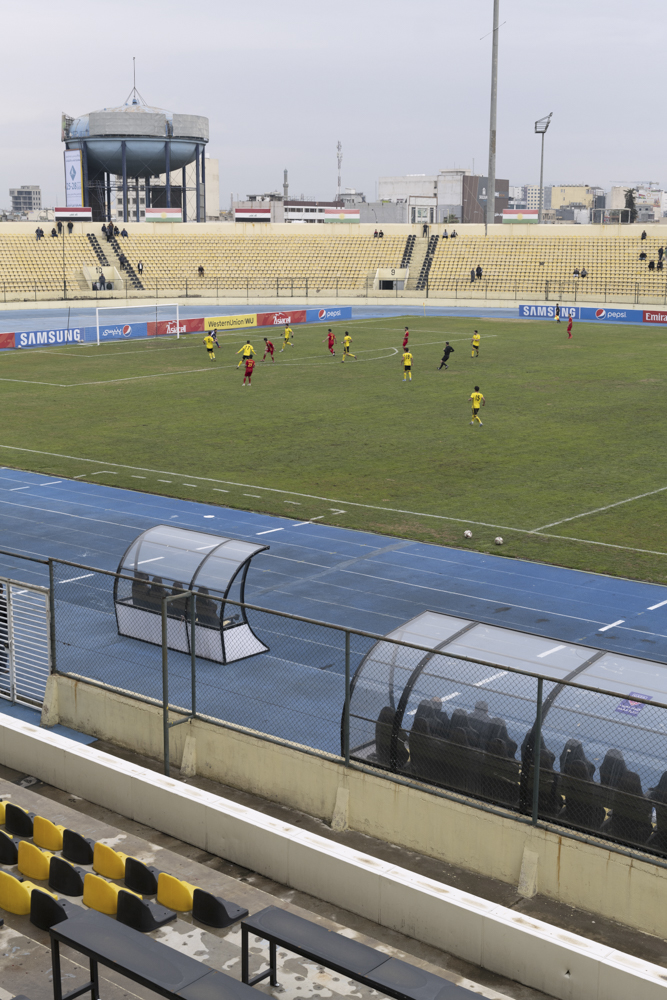
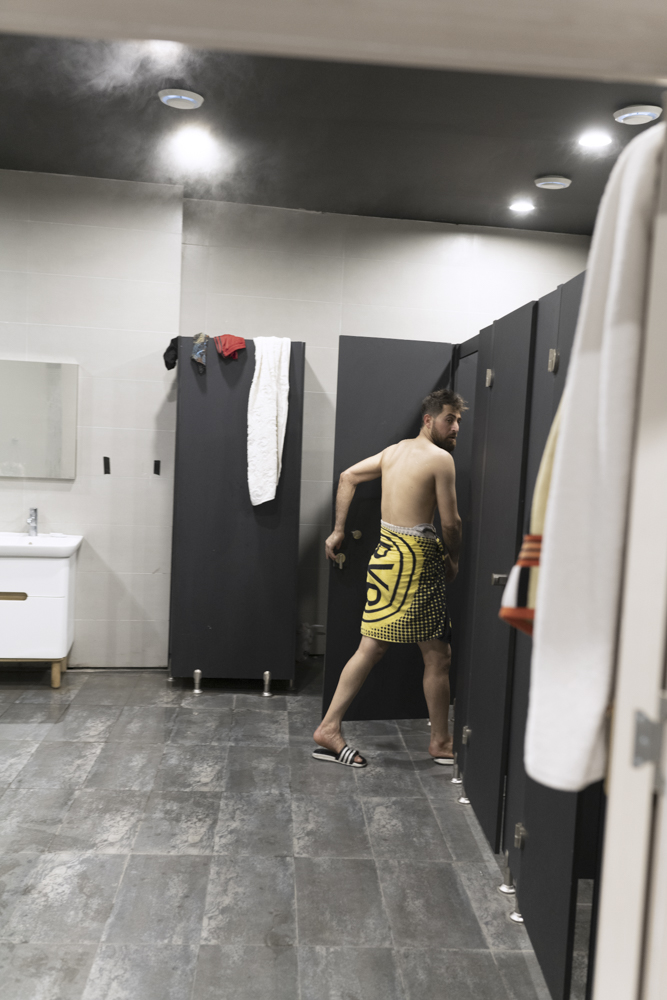
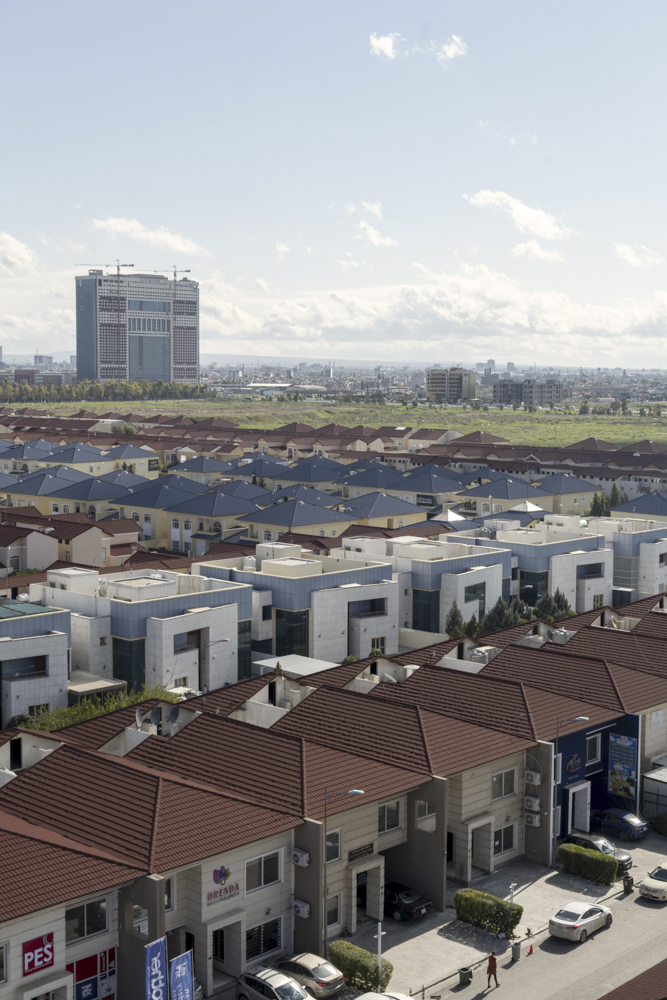
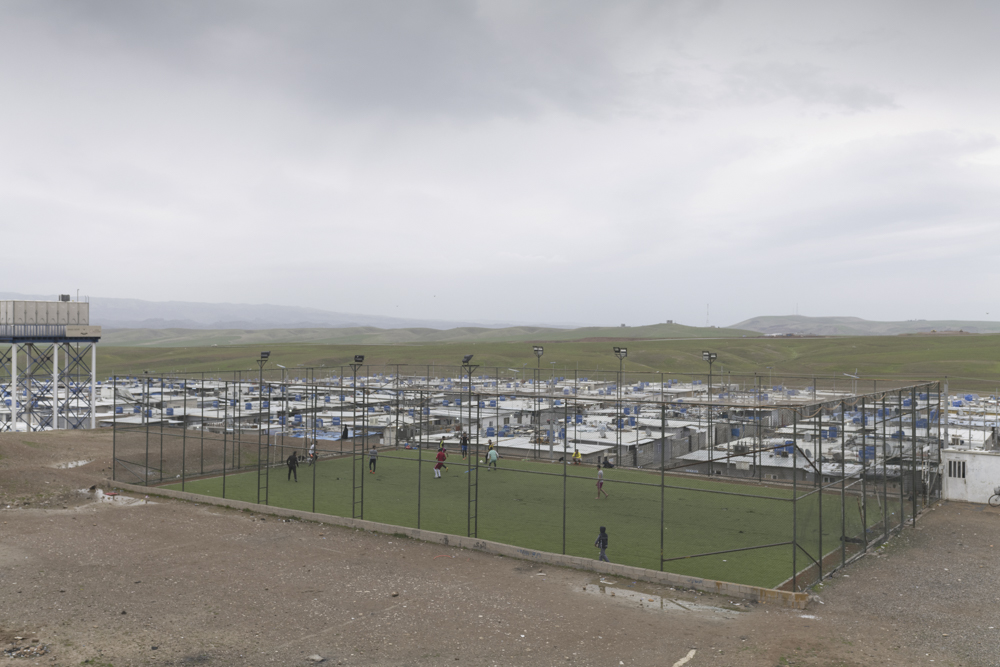
The project aims to evoke a sense of this unity, the idea of a global community. Turning up to a local pitch and having a kickabout with a group of young players made a powerful impression on the artist. “I experienced that as if I’d experienced playing football with my younger cousins. There was a very similar relationship there,” he describes. “It gave me the sense that whether you’re in this context or another context, we all are humans existing on this planet. That was quite profound.”
Paxton’s hope is that the viewer will find that same sense, enabling them to connect with the football scene in a region more often reported for its conflict. “I hope that viewers can feel an emotional connection to the images which is one of relation,” he says, “and that it allows them to approach a subject that is so removed, potentially, from their context, in a way which doesn’t make it something scary, or far away.”
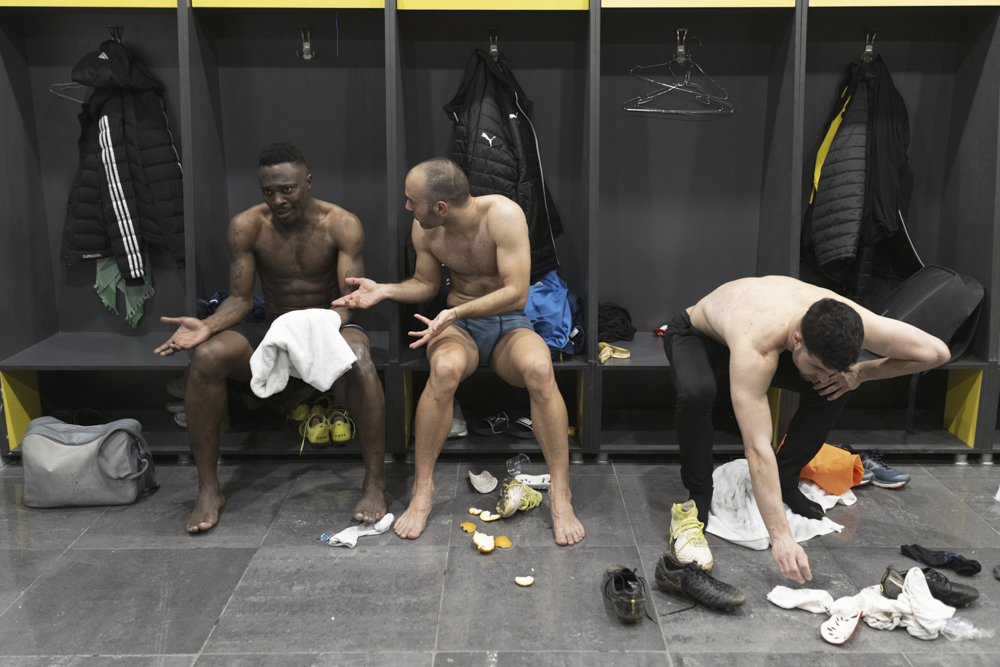
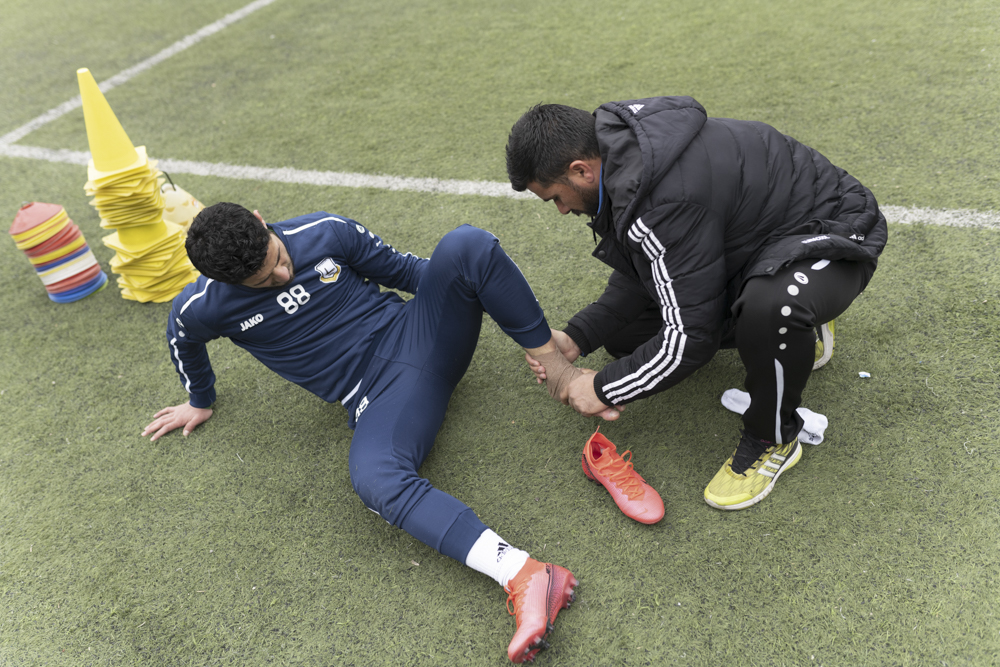
To be kept up to date with the LUMIX Stories for Change projects,
future events and grant opportunities, please click here
